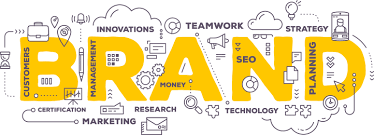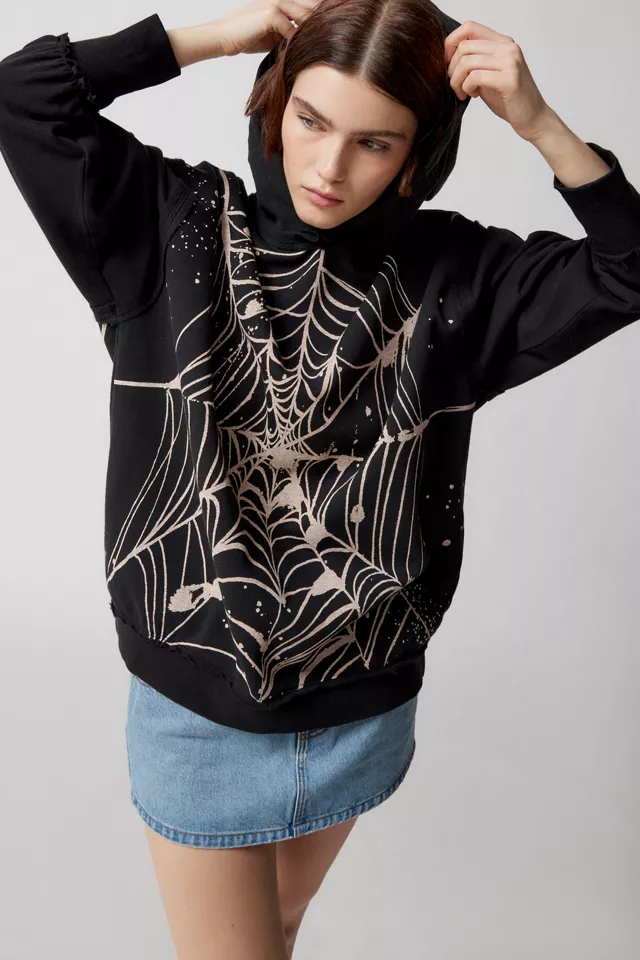
Ever wonder why some brands just stick in your head like your favorite song, while others vanish from memory faster than last week’s to-do list? That’s not a coincidence—it’s psychology. Great branding goes way beyond a catchy logo or a clever tagline.
Most successful brands tap directly into how our brains are wired. Let’s take a casual stroll through the psychology that makes certain brands unforgettable, irresistible, and, quite frankly, influential on a deep level.
First Impressions Are Everything
We’re hardwired to judge quickly. Like, really quickly. Research shows it takes only 7 seconds to form a first impression—and when it comes to branding, those 7 seconds can either make you a fan or leave you cold.
Color, font, spacing, tone—these visual and emotional cues combine to create that all-important first feeling. Think of Apple. Clean. Minimal. Sleek. That’s no accident.
Apple’s branding screams modern sophistication in every pixel, and your brain picks that up immediately. It’s about more than aesthetics; it’s about how it makes you feel the moment you lay eyes on it.
The Power of Consistency
The human brain craves patterns. When things are predictable, we feel safe and in control. This is why consistency in branding matters so much.
If your brand voice is playful on your website but suddenly stiff on social media, people start to lose trust—even if they don’t consciously realize why.
Consistent branding builds recognition and reliability. That’s why big players like Coca-Cola, Nike, or Netflix rarely deviate from their core identity.
They know that sticking to the same colors, fonts, and tone helps reinforce who they are every single time you interact with them.
Emotional Triggers = Brand Gold
Here’s a little secret: people don’t just buy products. They buy feelings. Behind every great brand is an emotional connection.
You might think you’re picking a coffee shop because the espresso is good—but maybe it’s because walking in reminds you of cozy mornings, warm smells, and friendly faces.
Psychologically, this taps into emotional branding. Brands like Disney thrive on nostalgia. Patagonia leans into purpose and responsibility. Dove builds confidence.
These brands go beyond features and benefits—they make you feel something every time you engage with them. And once that emotional bond is formed? You’re loyal. Often irrationally so.
The Principle of Social Proof
We’re social creatures. Even the most independent thinkers still look to others for cues. If you see a brand endorsed by celebrities, flooded with five-star reviews, or trending on social media, your brain goes, “Hmm, maybe I should pay attention to this.”
This is the psychology of social proof. It’s why influencer marketing works. It’s why user-generated content is powerful. And it’s why testimonials aren’t just fluff—they’re crucial.
When we see others trusting a brand, we feel more comfortable doing the same. It taps into our natural desire to belong.
The Identity Connection
Successful brands aren’t just seen—they’re worn. We don’t just drink Starbucks. We Instagram it. Brands become part of our identity, and that’s a powerful psychological bond.
People love to align themselves with brands that reflect who they are—or who they want to be. This is why branding isn’t just about selling a product.
It’s about selling a lifestyle, a vibe, a personal statement. When branding gets this right, customers become brand ambassadors without even realizing it.
Storytelling: The Ultimate Brain Hack
Our brains are naturally wired for stories. It’s how we’ve communicated since cave painting days. We remember stories far better than stats or features. That’s why the brands that tell a compelling story tend to win.
TOMS doesn’t just sell shoes—they tell the story of giving back. Nike isn’t just about sportswear—it’s about pushing past limits and “just doing it.”
Great branding pulls us into a narrative, one we want to be part of. The story becomes the experience, and suddenly, you’re emotionally invested.
Sensory Branding: More Than Meets the Eye
Ever walked into a store and recognized the brand just by the smell? That’s no accident either. Sensory branding is about engaging more than just your eyes.
Think about the click of a Zippo lighter, the pop of a Snapple bottle cap, or even that satisfying ping when you boot up an old Mac.
Sounds, textures, even scents are tied closely to memory and emotion. Smart brands use sensory cues to make their presence unforgettable—and instantly recognizable.
The Scarcity Effect
Let’s talk FOMO. Scarcity creates urgency. Limited edition. Only a few left. Ends tonight. These phrases light up our brain’s reward centers because we’re hardwired to avoid loss more than we seek gain.
Psychologically, scarcity increases perceived value. That’s why brands often limit drops or create “members-only” clubs. It taps into your desire to not miss out—and makes that brand feel more exclusive and desirable.
Cognitive Fluency = Ease Wins
Have you ever tried reading a logo or name that’s just… complicated? Didn’t like it much, right? That’s because our brains prefer things that are easy to process. The smoother the interaction, the more favorable the impression.
This is called cognitive fluency. It’s why brands often choose short names, simple designs, and clear messaging. When things are easy to understand, they feel more trustworthy.
So the next time you’re choosing between “Zyxtrax Beverage Technologies” and “Lime,” your brain is quietly voting for the one that doesn’t make it work so hard.
Wrapping It All Up
Branding isn’t magic—but it is science. The best brands aren’t just pretty packages. They’re built on psychological foundations that guide how we think, feel, and behave.
From first impressions to emotional connections, consistency to storytelling, there’s a reason why certain brands leave a lasting impact.
Understanding the psychology behind branding isn’t just interesting—it’s essential. Whether you’re building a brand, refreshing one, or simply curious about why you feel drawn to certain labels, digging into the mind behind the marketing can be a total game-changer.
P.S. Wanna See This in Action?
If you’re nodding along thinking, “Yes! This makes so much sense—but how do I actually do it?”, you’re not alone. Branding isn’t just theory; it’s practice, intuition, strategy, and storytelling rolled into one.
That’s where teams like Make Me Noteable come in. They’re not just experts in branding—they live and breathe this stuff.
Think of them as the people who understand how to connect all these psychological dots and turn them into something that doesn’t just look cool but feels right.
So whether you’re building something from scratch or giving your current brand a much-needed glow-up, it’s worth exploring how the science of branding meets the art of expression. Because when you get it right? People don’t just remember you—they love you.





1 thought on “The Psychology Behind Successful Branding”